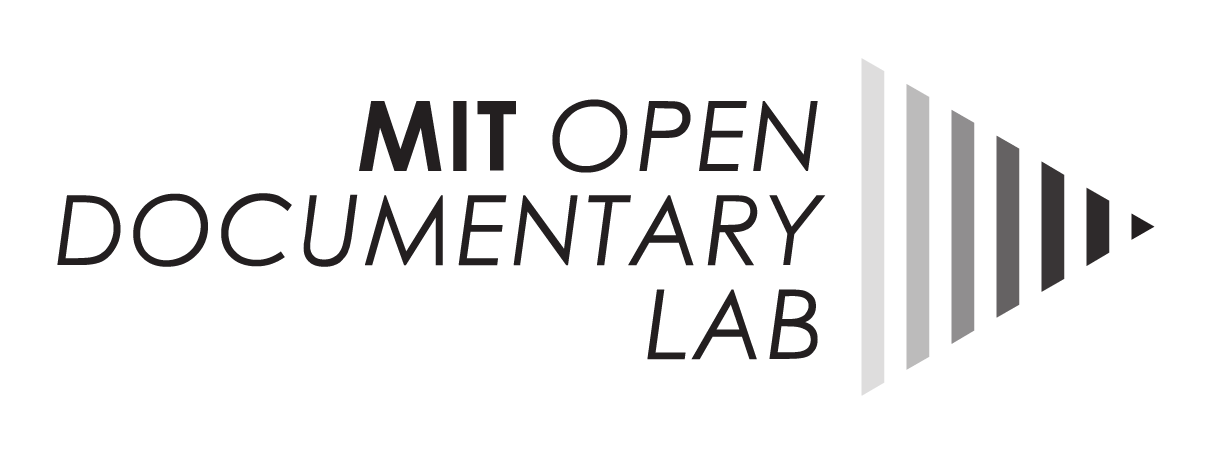The documentary is no newcomer to innovation. Non-fiction topics dominated the film medium’s first decade, during which a cinematic vocabulary took form and exhibition practices developed. Dziga Vertov and Walther Ruttmann’s documentaries in the late 1920s/early 1930s were among the earliest European experiments with sound on film. And in the 1950s, Direct Cinema, in part through its use of new synchronization technologies and 16mm cameras, provoked fundamental questions about the relationship of recording media to reality and the nature of the documentary subject.
Today, we stand at a new technological threshold, enabled in part by video-equipped handhelds. Nearly ubiquitous, these devices have the capacity to transform the ‘great mass’ of spectators into makers of the image. The latent cameras in pockets and purses are part of a larger dispositif that includes networked connectivity, aggregation sites for live uploads, accessible and user-friendly editing systems and popular distribution portals. And today, what D.A. Pennebaker called ‘records of moments’, or what might broadly be termed documentaries, are again the site of innovation.
A dialogue has started with the legacy medium of television, evident in comedy and news appropriations of “user-generated content”. But the larger potentials of crowd-sourced imagery, of variable versions, and of interactive and non-linear documentary form, are only beginning to be realized. In part, this slow start may reflect the cultural default of individual rather than collaborative authorship; in part, it may reflect the limited availability of group editing software; and in part, it may be a function of institutional commitments to traditional forms of authorship and textual fixity, commitments evident in subsidy schemes, competitions and mainstream distribution.
And yet, a growing number of venues such as the National Film Board of Canada, Tribeca, Sundance, and the International Documentary Festival Amsterdam’s DocLab are serving as showcases for a new generation of production. This work, often characterized by user engagement and indeterminacy (interactive structures requiring navigation), multiple and sometimes crowd-sourced authors, and increasingly, highly portable image technologies, is significant, fast-growing and provokes many questions. These developments – together with the ability to ‘append’ images to particular locations, to work across media forms (transmedia), to selectively ‘layer’ recorded images over live ones (augmented reality), to integrate new forms of data – all point to a potentially transformative shift in our understanding of moving image media. The displacements of medium, authorship, participation and authority that we have seen before with Wikipedia and Photosynth are coming, slowly and surely, to the moving image.
We want to better understand these new developments in technology, authorship, textual form and participatory potential. To this end, we want to bring together key practitioners of these new forms, as well as the curators who have been working with them, the technologists who enable them, the funding agencies that may (or may not be) supporting them, and the academics and critics who have been making sense of them. If we are indeed witnessing the emergence of a new form of representation, what can we broker from past moments of change to facilitate our move into the future? How can we evaluate this new work – what descriptive terminology and frameworks for assessment are most useful? What trends can we discern? What are the implications for style, authorship and the craft of filmmaking of these collaboratively sourced and edited moving images? And how can we work with our funding agencies, exhibition venues, and archival systems to give these new and often challenging practices a place in our cultural register?
MIT’s long engagement with the entanglements of technology and culture, and the role played there by people such as Leacock and Pincus in the development of Direct Cinema, Davenport with interactive cinema, and the Institute’s commitment to openness make it a resonant location at which to take up these questions.



